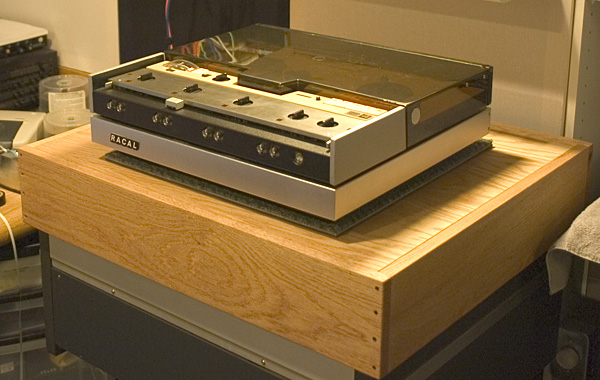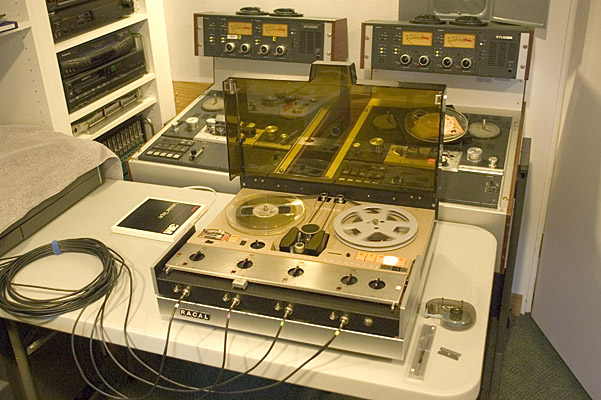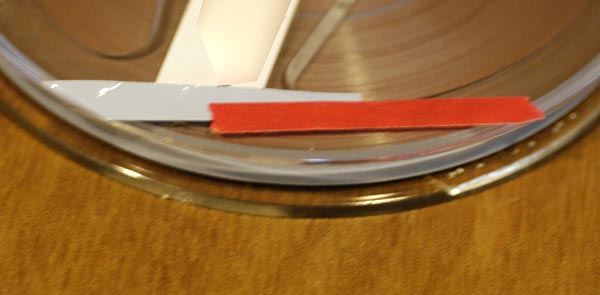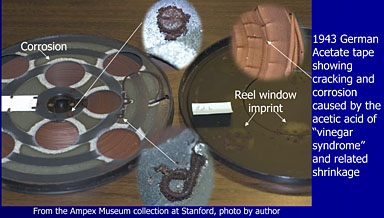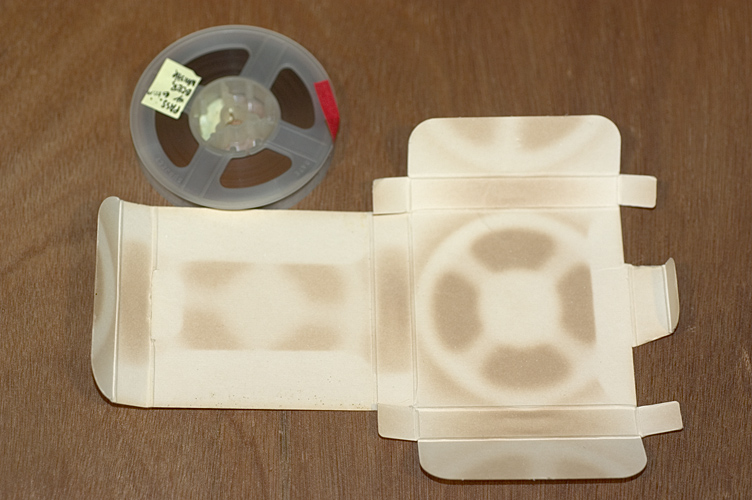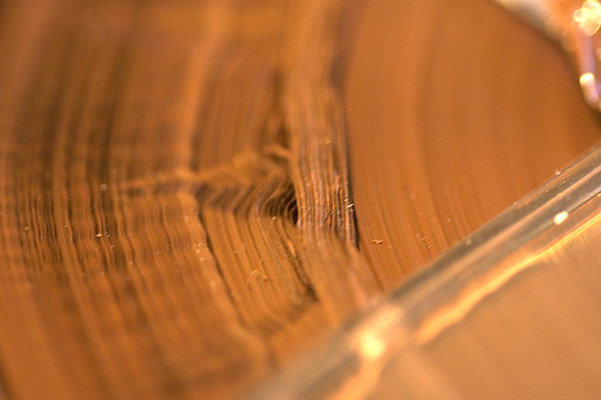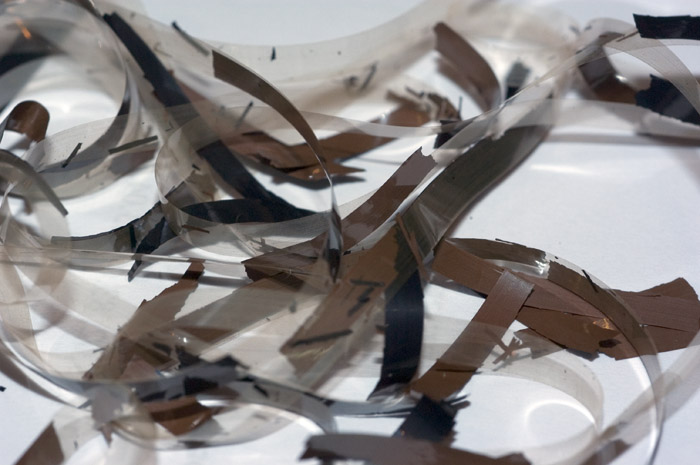While the below was completed in about 2015, there have been more updates, the results are in abeyance as we shelter in place in April 2020. In 2019, son Robert, the musician, was bitten by the photography bug, so I started letting him borrow some of my equipment. He ended up doing nice wildlife photography with the 70-200 f/4 and 2x converter as well as some other lenses in our arsenal. I thought it was time for me to go much lighter. Somewhere along the line for some video work we ended up with a third body, a D7200, so Robert is using the two D7100s. I’m keeping the D7200 and the 16-85 lens. In order to go longer with less weight/bulk, I bought a 55-200 Nikon lens which is very compact and surprisingly sharp. Instead of fussing with teleconverters, I bought <gasp> a used Nikon 500 mm f/8 mirror lens — the final model which has a relatively close focus and is very compact. I have only done some preliminary testing and it might work for some things, but its compactness might be an offset for the doughnut out-of-focus highlights. In a sense, I’ve figured it’s time for Robert to explore the world of high-quality longer-lens photography and I can just play with it without burdening my wife’s and my travels.
The complete travel kit includes:
Wide angle: 24 mm equivalent on the D7200 at the wide end of 16-85 mm lens. To go wider, I have two choices: panorama or the 13 mm equivalent at 16MP on my Samsung S10+ phone. While I had a lot of fun with the 12-24 mm lens, it only goes to 18 mm equivalent, so going to 13 mm equivalent on the phone solves some problems if I don’t want to do a panorama. I have really been enjoying panoramas, however. The phone also has an equivalent of 26 and 52 mm, both of those at 12MP. These options align with the small portion of my photography that has been done in this range: 3%.
Normal: 24-300 mm equivalent with the 16-85 mm and the 55-200 mm zooms. This covers 87% of my photography (see below). As a refresher, the “equivalent” designation refers to the focal length that would be needed on a full-frame or film 35 mm camera due to the smaller sensor on the D7100/D7200 (a 1.5 crop factor). So a 16 mm lens on the D7200 is equivalent to a 24 mm lens on a film camera.
Telephoto: With this new outfit, I jump from 300 mm to 750 mm equivalent with the 500 mm mirror lens. We’ll see how that works out. No autofocus and no vibration reduction. But, for covering the range between 300 and 600 mm, I do have the option of “digital zooming” (aka “cropping”) in post and I still end up with 6MP if I crop for the equivalent of 600 mm. I’m not certain I can actually print more than 6MP of detail with the mirror lens (or even with the 2x converter on the 70-200), so that’s up in the air. It is still an experiment, but not at great cost either financially or weight/size wise, and Robert is thrilled. Other than pinniped portraits on the beach and a few bird portraits, my longest lens images have not been as good as hoped. Many of my good critter images have come in under 300 mm.
The Samsung S10+ phone also allows me to easily copy SD cards. Mary Beth and I each carry a 256 GB thumb drive, the D7200 has a pair of 256 GB SD cards in it, and there is a 256 GB micro SD card in the phone. I’ve never shot more than about 3,000 images on a trip which converts to about 100 GB, so I should be covered for data backup on whatever trips we take in the future. The workflow will be to increment the folder number for each location/day of the trip. When we’re back in the hotel for the evening, the new folders will be copied to the phone and renamed with the final descriptive name (as we have been doing for all images). These renamed folders will be copied to the two USB thumb drives. This gives us five copies of the images in four locations (two in the camera, one each in my phone, in my wallet, in Mary Beth’s wallet).
Original article follows with all the gory details and thinking of my involvement with photography.
Read more
